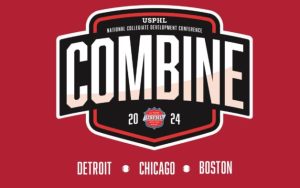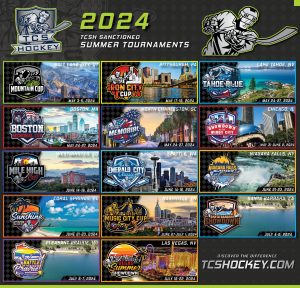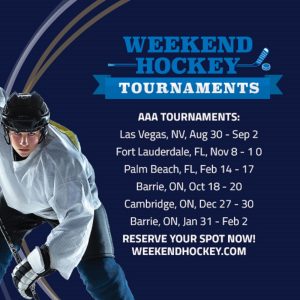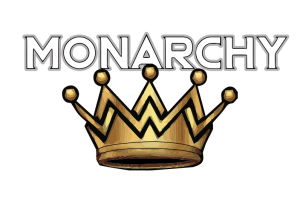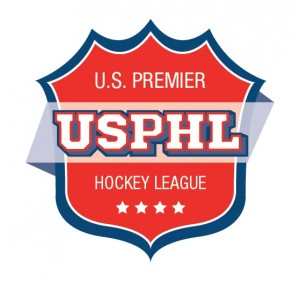College Hockey Showcase makes its way to TSC

It’s no secret the growth and success of hockey throughout California has reached unprecedented levels in recent years, and perhaps none more pronounced than within the burgeoning youth segment.
These days, NCAA programs and top-level junior teams are courting elite male players in their teenage years with regularity, and tough decisions regarding their developmental paths need to be addressed.
With so much at stake at such a young age, Mike Snee, executive director of College Hockey Inc., an organization architected to ensure young players and their families are in-tune with the NCAA route and all the benefits it has to offer – on the ice, academically and socially – is armed with the task of making sure those with skin in the game are, well, educated.
“Simply put, playing college hockey allows a young man the best opportunity to reach his full potential on the ice while nearly guaranteeing they’ll earn a college degree,” he said.
That’s the message Snee and others within College Hockey Inc. plan to reinforce at the upcoming CCM College Hockey Showcase, which will be held on Aug. 27 at El Segundo’s Toyota Sports Center.
The invitation-only event, which is being run in cooperation with the Los Angeles Jr. Kings and Anaheim Jr. Ducks, is tailored for the state’s top 1999-, 2000- and 2001-born male players and their families and will feature a series of on-ice sessions and educational seminars led by the College Hockey Inc. staff and a handful of NCAA Division I coaches.
For scouting purposes, on-ice sessions will be broadcast live via the Internet through FastHockey.com.
The Jr. Kings and Jr. Ducks – widely considered the premier youth programs in Southern California – couldn’t be happier to get behind College Hockey Inc.’s efforts. The organizations – both of which have sent plenty of graduates off to NCAA campuses – plan to rotate the Showcase’s venue each year between Toyota Sports Center (home of the Jr. Kings) and The Rinks-Anaheim Ice (home of the Jr. Ducks).
“This is a tremendous opportunity not only for our club, but the entire California youth hockey community,” said Jr. Kings executive director Kelly Sorensen. “College Hockey Inc.’s presence in our backyard certainly speaks volumes to our evolving level of talent, and it’s important for us to help keep our players and families engaged as it relates to their athletic and educational options after they leave our program.”
“To be able to attract events like this to our region is nothing but beneficial to our organization and the overall promise of youth hockey across the state,” added Jr. Ducks president Art Trottier. “College hockey has proven to be a worthy developmental avenue for a number of California players over the years, and we want to see that continue.”
The influx of California-born-and-trained male players deciding on the college route has risen at an extraordinary rate over the last two decades. In 1996, there were just six student-athletes from the Golden State playing NCAA Division I hockey. Last year, there were 50.
“When the Frozen Four was held in Anaheim in 1999, there were just a handful of California players in college hockey,” said Snee. “Now, a college hockey team comprised solely of players from California would be on the shortlist of favorites to win the national championship.”
What’s more, California has been the fastest-growing producer of NCAA Division I men’s hockey players over the last 10 years, citing a 155-percent growth rate – soundly besting second-place New Jersey’s 105-percent increase.
“And with the recent on-ice success of both the (Anaheim) Ducks and (Los Angeles) Kings inspiring even more kids to play, the number of California players taking to college hockey is only going to grow,” said Snee.
The rival option? The Western Hockey League (WHL), a Canadian-based Major Junior circuit that’s classified as “professional” by the NCAA.
Make no mistake: The WHL is regarded as one of the top developmental leagues in all of North America, but competing in the Dub strips a player of their amateur status, thus making them ineligible for NCAA competition.
“You can play in the WHL as young as 16 (years old), so it’s critical players and their parents are completely aware of every option before making such an important decision regarding their future,” said Snee, noting that – similar to the increasing number of California players choosing to play NCAA – there are also more locals playing in the WHL than ever before.
Last season, 80 percent of the Americans who suited up in the NHL also played college hockey. During June’s NHL Entry Draft, 56 current or future NCAA players representing 27 schools were selected. In the first round alone, three current NCAA players were taken in the top 10 for the first time ever.
The Nashville Predators selected San Diego’s Tyler Moy, a junior-to-be at Harvard University, in the sixth round.
But Snee and College Hockey Inc. aren’t just about selling the NHL dream.
“For some players, it might mean a professional career in the National Hockey League,” said Snee. “However, regardless of what route they choose (the NCAA or WHL), a talented 22-year-old player still faces very long odds of making it to the NHL.”
The game-changing stat, says Snee, is that men who toil in the NCAA Division I hockey ranks boast an impressive 92-percent graduation rate – the highest of all NCAA Division I men’s sports.
“No other hockey development path comes close to that percentage,” said Snee. “But, unfortunately, we still come across a lot of families that have no idea how good college hockey is, both in terms of on-ice development and in the classroom.”
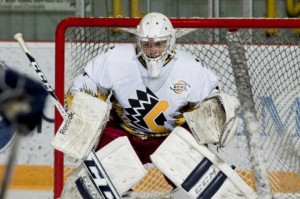
Calabasas’ David Jacobson, a former Los Angeles Jr. King, recently committed to play his NCAA Division I hockey at Arizona State University.
Getting college hockey’s sell across in California is especially challenging – and with good reason. Despite all the emerging young talent that rivals many of the country’s hockey hotbeds, the state still doesn’t have a school that ices an NCAA Division I program.
“Unlike Massachusetts, Michigan and Minnesota, a young player in California grows up with very little exposure to the quality and excitement surrounding college hockey,” said Snee. “They can’t initially relate to the experience, but once they live it, they’re all in.”
Snee and other supporters of the NCAA environment want nothing more than to see that change in the near future, especially with neighboring Arizona State University’s decision to back NCAA Division I men’s hockey beginning this coming season (Arizona State coaches will be in attendance at the upcoming College Hockey Showcase to scout future Sun Devils).
“Hopefully, long term, we won’t need to host Showcases in California because USC, UCLA and other schools in the state will have NCAA hockey programs,” said Snee.
In the end, Snee is banking on College Hockey Inc.’s presence in California to boost the NCAA’s profile amongst a group of more-than-promising prospects who are poised to continue to elevate hockey’s status on the West Coast while putting themselves in the best position to succeed, on and off the ice, in the years to follow.
“The opportunities available to skilled, young players are vast and diverse, especially in their later-teen years,” said Snee. “With so many options it can be confusing, especially for many hockey families in California that are relatively new to the sport.
“The need for them to be fully informed about college hockey is especially important.”
– Brian McDonough

